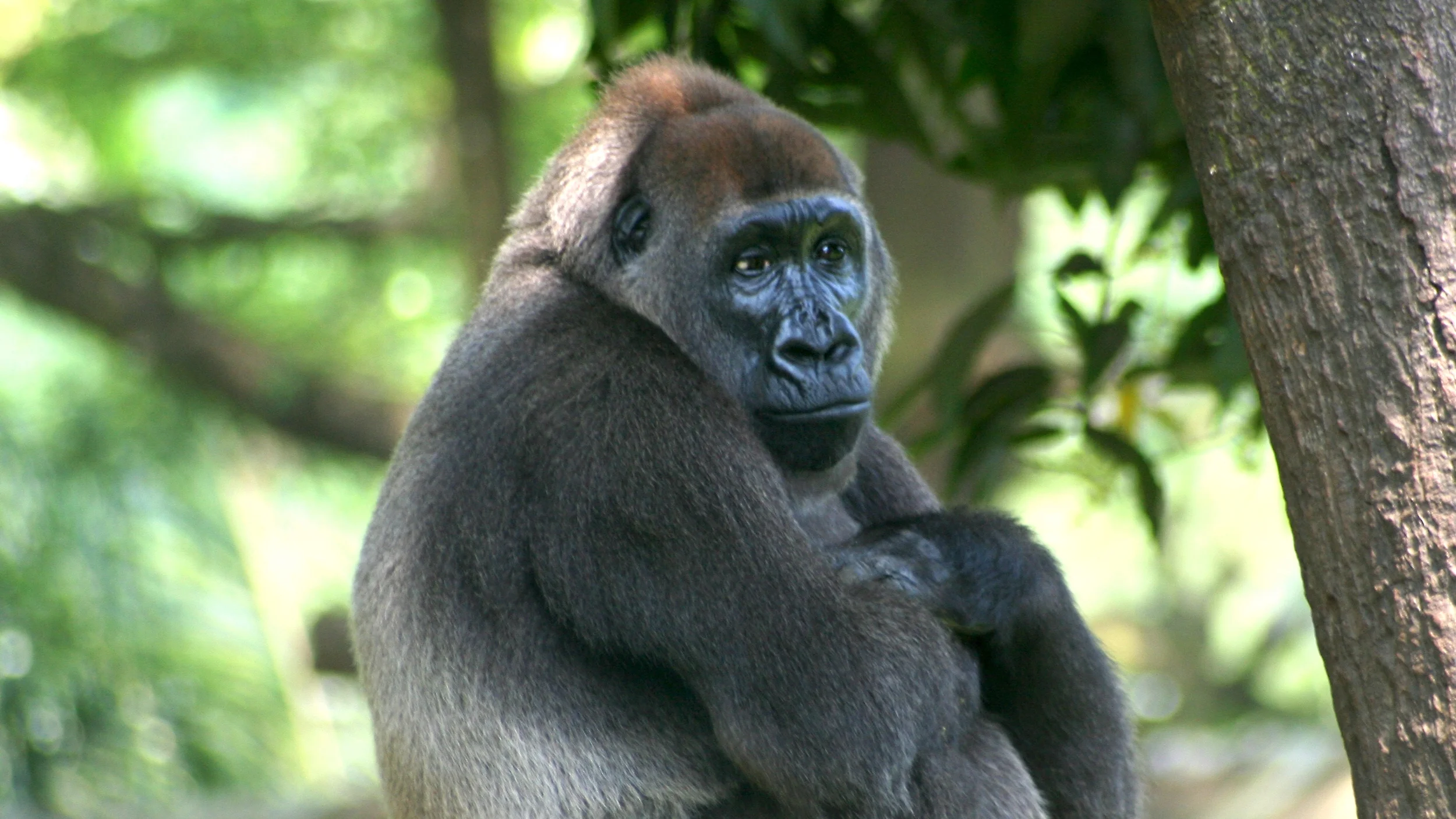OVERVIEW
Gorillas live in family groups of usually 5 to 10, but sometimes two to more than 50, led by a dominant male who holds his position for years. Females become sexually mature around seven or eight years old but don’t begin to breed until a couple of years later. Males mature at an even greater age. Once a female begins to breed, she’ll likely give birth to only one baby every four to six years, and only three or four over her entire lifetime. This low rate of reproduction makes it difficult for gorillas to recover from population declines. Both gorilla species have been decreasing in numbers for decades, and a 2010 United Nations report suggests that they may disappear from large parts of the Congo Basin by the mid-2020s.
Conservation efforts by AMF, other organizations and governments are making a difference for gorillas. New protected areas are being designated for some gorilla populations, and the population of mountain gorillas has seen an increase in recent years.
DID YOU KNOW?
- It is estimated that there are anywhere between 100,000-200,000 gorillas in the wild.
- On average, gorillas can reach up to 6 feet in height, or as low as 5 feet.
- A fully grown gorilla can weigh as much as 440 pounds.
- Gorillas share 98.3% of their DNA with humans, which makes them our closest cousins after chimpanzees and bonobos.





